Quantum Mechanical Model of single Fluorine Atom.
MODELS PRINTED IN COLOR ON GLOSSY,
110# CARD-STOCK PAPER READY TO BE
CUT OUT BY STUDENTS
Tools needed for cutting out and assembling Boron atom model.
- Scissors.
- 1/4” single-hole punch.
- Cellophane tape for repairs.
Useful for: HS-PS1-1. Use periodic table as a model to predict the relative properties of elements based on the patterns of elections in the outermost energy.
- The fluorine model is a physical representation of the mathematical equations that define the quantum mechanical model of fluorine.
- The model shows the first and second energy levels (shells), sub-levels, and the orientations of orbitals within them.
- The first energy level displays two core electrons as red ovals. (The color red refers to cars being stopped and not able to go at traffic lights. Therefore core electrons cannot leave the atom as indicated by red.)
- The outermost energy level (second energy level for boron) has three valence electrons with a green oval. (Cars can go on green at traffic lights. Valence electrons can go, or leave the atom as indicated by green.)
- This model can be dismantled so that the orbitals can be placed on an orbital diagram which is available from Quanta to Galaxies. The symbol for an electron, core or valence, in an orbital diagram is an arrow. The electrons in the model are not real, but they are a step closer to reality than written symbols and help to understand what the arrows and other symbols in orbital diagrams and electron configurations represent.
- Quantum mechanics requires that all atoms are both neutral and stable. Neutrality is accomplished with number of electrons being equal to number of protons. Stability is accomplished when the outermost energy level is filled with electrons, or totally empty. This means two electrons for hydrogen and helium and eight electrons for all other atoms (octet rule).
- The fluorine model displays nine protons in the nucleus and nine electrons in the first and second energy levels. Therefore, it is neutral. (Since neutron numbers vary they are not shown in these models. There are lessons available specifically about isotopes that deal with variable neutron numbers.)
- Fluorine has seven valence electrons in its outermost energy level and three empty holes that could hold electrons. Thus nitrogen is not stable as presented by this model. If the five valence electrons, which can be removed from the holes, are taken out, the entire second energy level is left with eight empty holes. However, if the number of empty holes is fewer than the number of valence electrons in the neutral form, the atom is more likely to fill the three empty holes with electrons. The result is a nitrogen with two electrons in the first energy level and eight electrons in the outermost energy level. This leaves the new structure stable because the outermost energy level is filled..
- With ten electrons the nitrogen may be stable, but it is now not neutral with a charge of 3-. The challenge will be for students to solve the neutrality problem and still keep boron stable. (Hint: introduce a three hydrogen atoms into the lesson! and discuss formula units and/or molecules.)
This nitrogen atom model can be used with other atom models from periods 1, 2, 3, and 4 to analyze periodic trends.
Also useful for: PS1.A: Structure and Properties of Matter
As noted already, the model provides a three dimensional display of the structure of the boron atom which is relevant to NGSS standard PS1.A: Structure and Properties of Matter and provides the following:
- A great hands-on manipulative for classroom activities that can engage the student in active learning with more material retained.
- Hands-on learning environment that develops critical thinking.
- Use of materials and equipment.
- A model that is a step or two closer to reality than printed text or drawings.
- A lesson that sometimes is just more fun.
Some teachers have already reported to us that the models have stimulated conversations among students relevant to the proposed lesson before the teacher even begins to interact with the students.
Completion of the physical model has been reported to give many students a sense of pride in being able to do more than read and respond. Parents have reported that some of the students have kept and displayed their model for as many as ten years after graduation.
And useful for: MS-PS1-1. Develop models to describe the atomic composition of simple molecules and extended structure.
The nitrogen model can be used hydrogen atoms to show how molecules can keep the net charge neutral and at the same time maintain stability with all outermost energy levels of each atom in the molecule being filled.

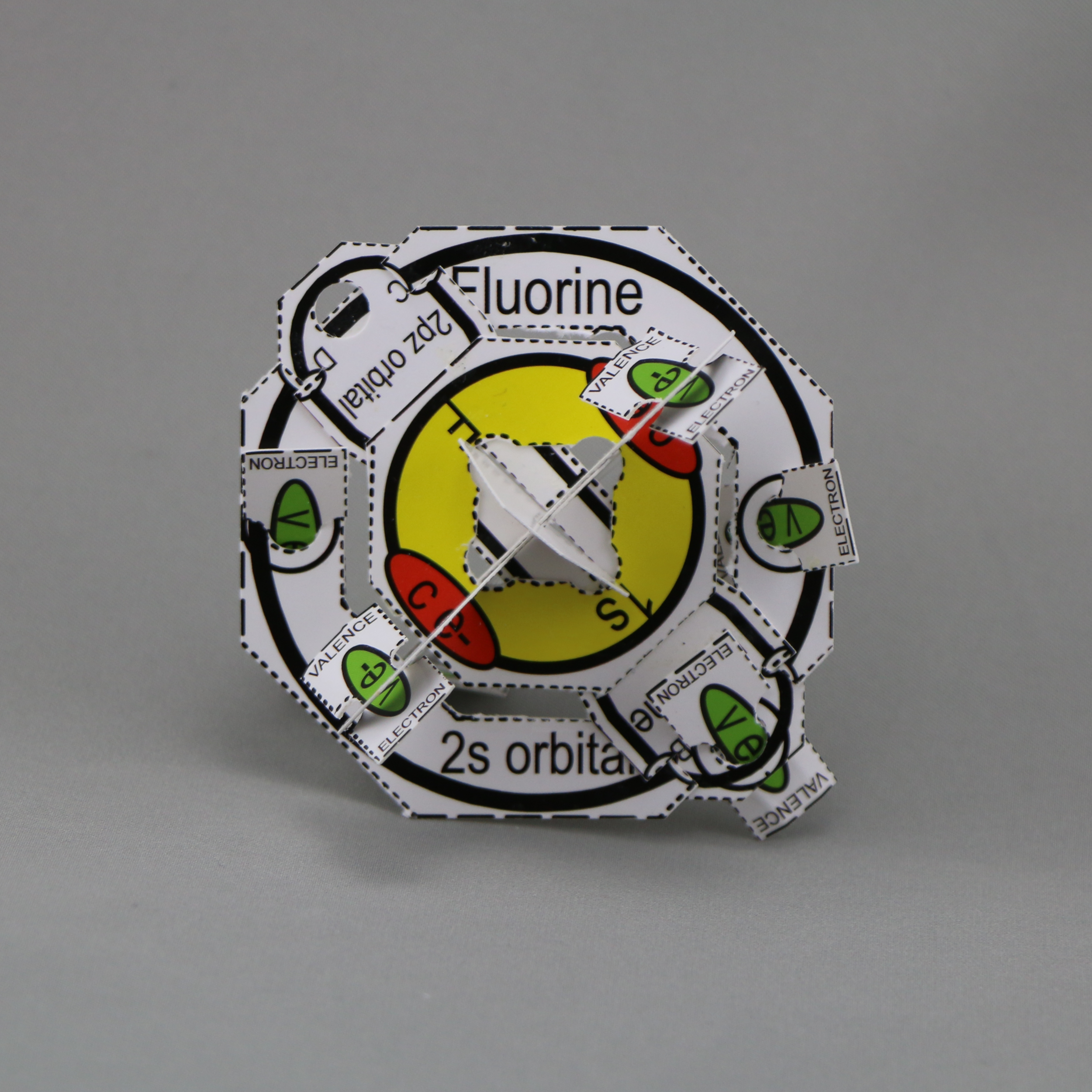
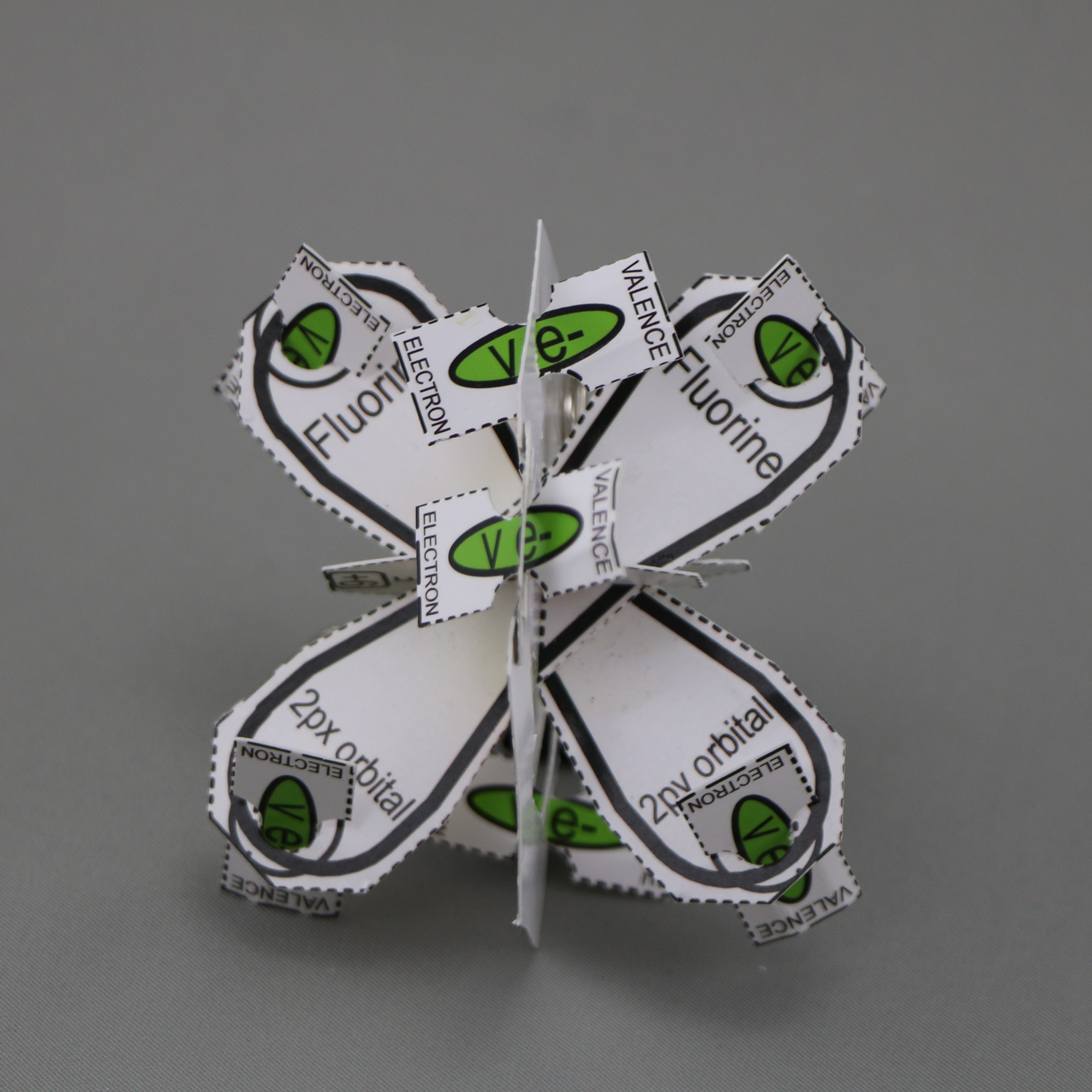
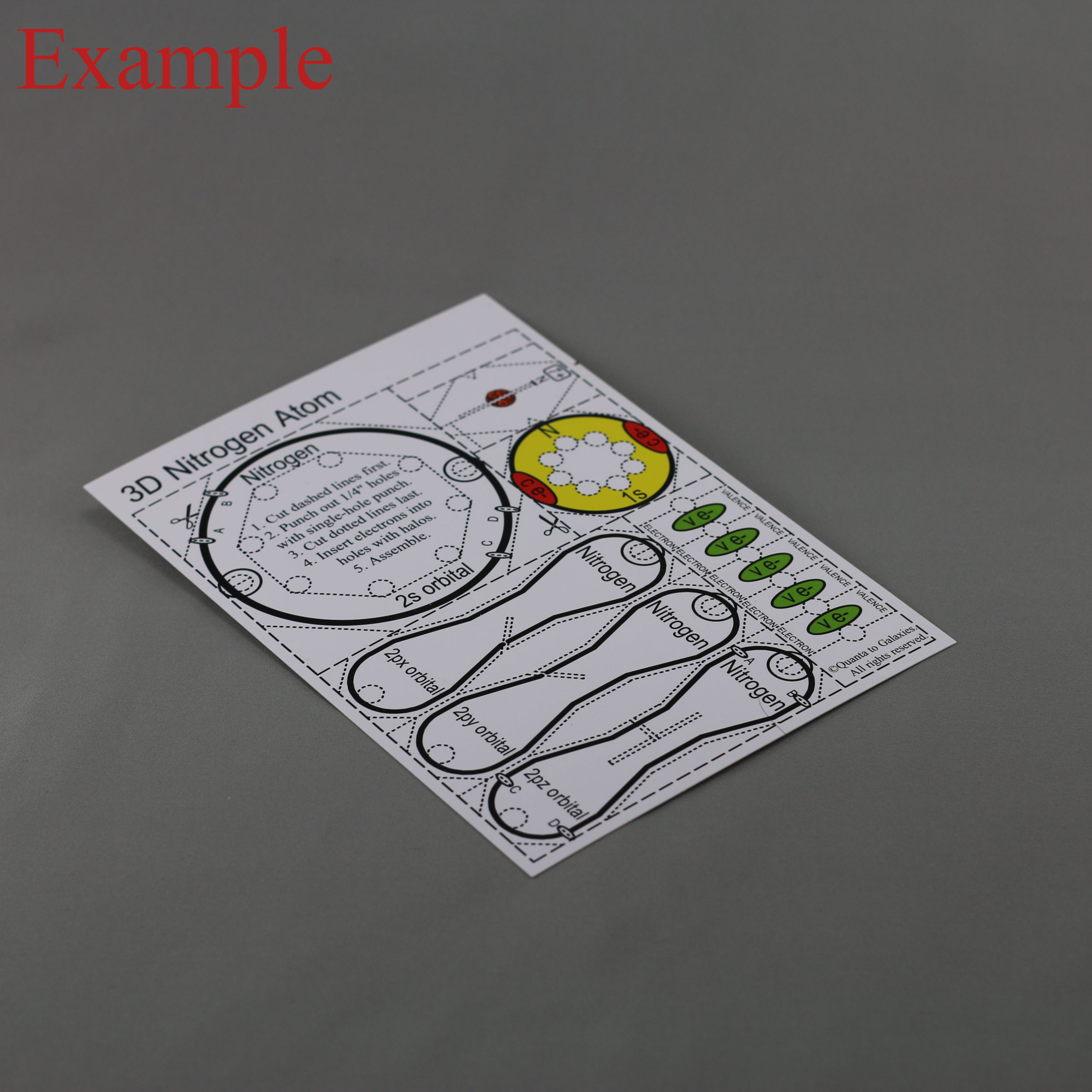
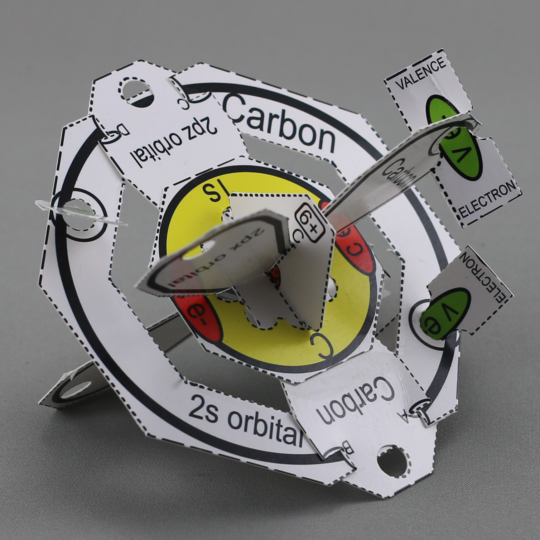
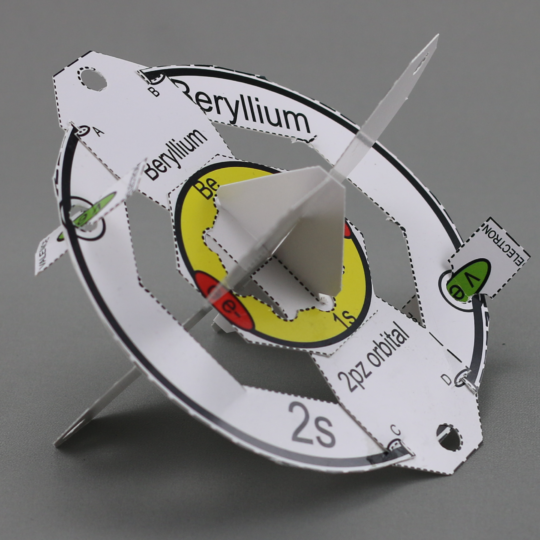
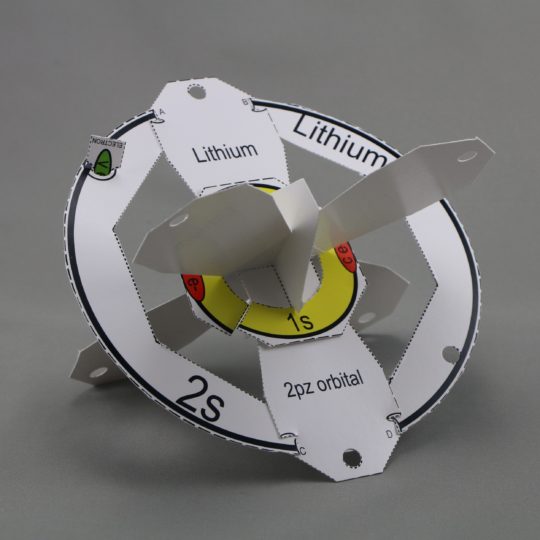
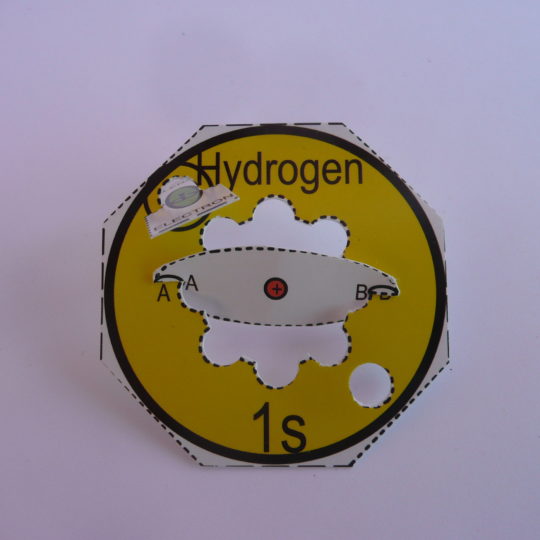
Reviews
There are no reviews yet.